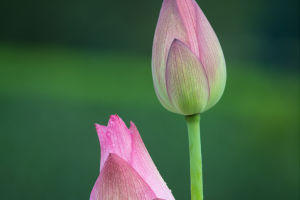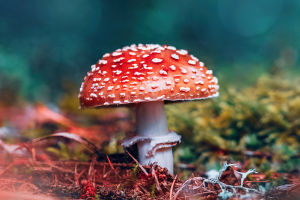Flowers have long been used to convey messages and emotions in a language that transcends words.
Among these, the daffodil stands out as a beacon of renewal, hope, and joy.
With its vibrant yellow petals and trumpet-like shape, the daffodil not only heralds the arrival of spring but also carries a rich tapestry of meanings and symbolism.
Let's delve into the fascinating language of daffodils, exploring their history, cultural significance, and the messages they convey.
Historical and Cultural Significance
The daffodil, scientifically known as Narcissus, derives its name from Greek mythology. According to the legend, Narcissus was a young man of extraordinary beauty who fell in love with his own reflection in a pool of water. Unable to look away, he eventually transformed into the flower that bears his name. This myth imparts a lesson on the dangers of vanity and self-obsession, adding a layer of depth to the daffodil's symbolism.
In many cultures, daffodils are associated with new beginnings and rebirth. This connection is particularly strong in regions with harsh winters, where the daffodil's appearance signals the end of the cold and the onset of warmer, more fertile days. In Wales, for instance, the daffodil is a national symbol and is worn on March 1st. This tradition underscores the flower's role as a harbinger of spring and renewal.
Symbolism and Meanings
The daffodil's bright and cheerful appearance naturally lends itself to positive symbolism. Here are some of the key meanings associated with this beloved flower:
1. Renewal and Rebirth: As one of the first flowers to bloom in spring, daffodils are a universal symbol of renewal and new beginnings. They remind you that after the dark, cold days of winter, life will blossom anew.
2. Hope and Optimism: The daffodil's sunny yellow color embodies optimism and hope. It encourages a positive outlook and the belief that better days are ahead.
3. Unrequited Love: Reflecting the story of Narcissus, daffodils can also symbolize unrequited love or a love that is not reciprocated. This aspect of their symbolism is more subdued but adds a layer of complexity to their meaning.
4. Respect and Chivalry: In the Victorian language of flowers, daffodils were often given to convey respect and chivalry. A bouquet of daffodils could be seen as a gesture of admiration and esteem.
Daffodils in Art and Literature
Daffodils have inspired countless artists and writers, further cementing their place in our cultural consciousness. One of the most famous literary references is William Wordsworth's poem "Wandered Lonely as a Cloud." In this poem, Wordsworth describes a field of daffodils swaying in the breeze, their golden hue lifting his spirits and bringing him joy long after the sight had passed.
In visual arts, daffodils often appear in paintings and illustrations that celebrate the beauty and vitality of nature. Their bright colors and distinctive shape make them a favorite subject for artists capturing the essence of spring.
Celebrating Daffodils
Given their rich symbolism and cultural significance, it's no surprise that daffodils are celebrated in various ways around the world. In the United Kingdom, the National Daffodil Society hosts annual shows where enthusiasts can display their prized blooms. These events foster a sense of community and shared appreciation for the flower's beauty and meaning.
In the United States, the American Daffodil Society holds similar events, and many towns host daffodil festivals in spring. These celebrations often include parades, flower shows, and community activities that bring people together to welcome the new season.
Growing and Caring for Daffodils
For those who wish to bring the beauty and symbolism of daffodils into their own lives, growing these flowers is a rewarding endeavor. Daffodils are relatively easy to care for, thriving in well-drained soil and full sun to partial shade. Planting them in the fall ensures a vibrant display of blooms in the spring.
To plant daffodils, dig holes about three times the height of the bulbs and space them a few inches apart. Water them thoroughly after planting, and then let nature take its course. With minimal maintenance, daffodils will return year after year, bringing their message of hope and renewal with them.
The language of daffodils is one of joy, renewal, and enduring hope. Whether encountered in a garden, a poem, or a cultural celebration, these vibrant flowers remind us of the beauty and resilience of life. By understanding and appreciating the symbolism of daffodils, you can enrich our connection to nature and the timeless messages it conveys.


